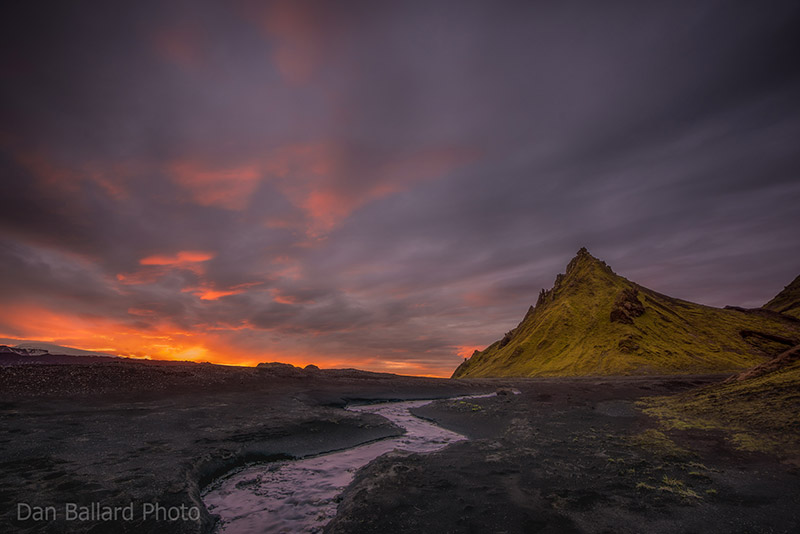
Dan Ballard is a professional travel and landscape photographer and keynote speaker. He has been to more than 60 different countries on 5 continents, creating a portfolio full of amazing photos along the way. Dan also leads many different photography workshops in locations around the world.
I recently had the opportunity to interview Dan about his work, and I think you will appreciate the insights you can pick up from his responses below.
Tell us a little bit about yourself and how you got started in photography.
My name is Dan Ballard, I am a pro travel and landscape photographer from Colorado. I’m currently living on the road and traveling full-time while shooting and teaching workshops in various places around the globe. I’ve been shooting for around 15 years now, with the last (8 or so) as a full-time pro.
My family owned a photography studio when I was growing up, so it was something I have always been involved with. But It was my first trip to New Zealand when I was 16 that I caught the travel bug and the love for photography along with it. I was inspired to share the experience and emotions of the place I was seeing with others. I spent years learning everything I possibly could about creating a better image, shooting basically non-stop.
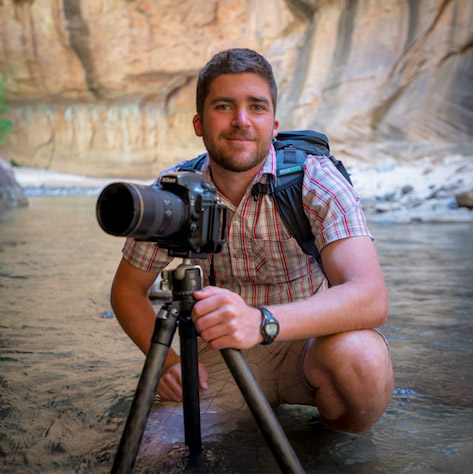
Do you have any formal photography training?
I’ve never taken any formal photography classes, but as mentioned my mom is a pro photographer so I basically grew up around photography and taking photos. When I was starting off I read every single book about photography I could find and scoured the internet for tips and info. While I wish I would have taken a workshop back then, I was able to learn from some amazing pros and a lot of what I’ve learned is just from hours and hours of shooting and figuring out how to improve.

How would you describe your photographic style?
My style is a mix of landscape and travel photography, with the goal of giving people a glimpse of into the places and different countries I am shooting. It’s very important to me to find original images that tell a story about the area.
I try to keep the processing as realistic as possible and as close to what I actually experienced as I can. While I certainly do plenty of editing, I always try to have a light hand.
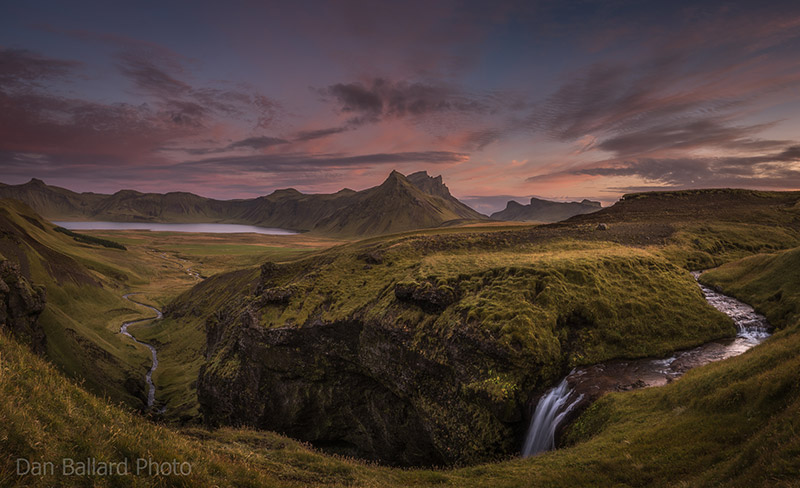
What is one important lesson that you have learned through your own photography?
The biggest lesson I’ve learned is to not get frustrated when I don’t find great light. For the first several years of doing photography full-time, it was incredibly discouraging to go on a long and expensive trip and not come home with the quality of images I had hoped for. Sometimes to the point where I felt terrible afterward. Once I learned to stop worrying so much and to simply enjoy traveling and being out there shooting, without the pressure, I started creating much better work.
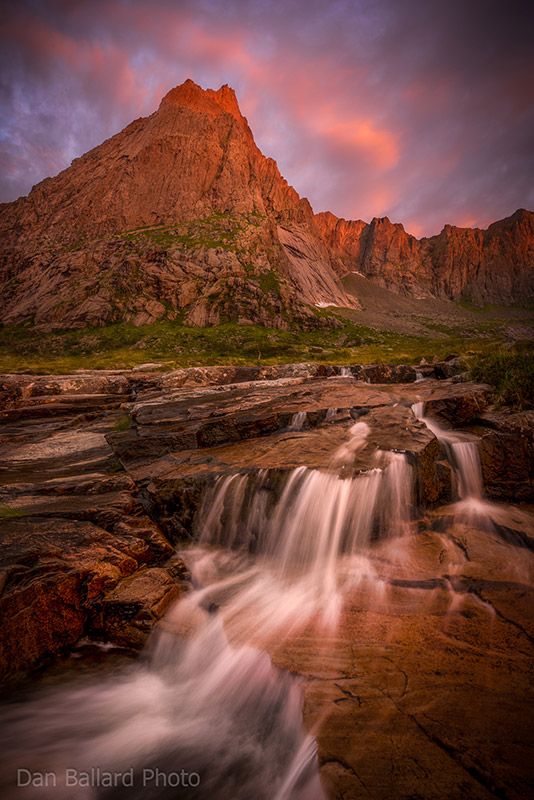
What are the biggest challenges you face in your work as a landscape and travel photographer?
Between physically getting to the location then waiting for the right weather and light, the time you have to put into getting a single image is hardest thing for me about landscape photography. This is especially true when shooting overseas. It took me 50 hours just to get back home from Kamchatka, Russia — where I waited 2.5 weeks for a shot only to have terrible weather the entire time I was there. I can’t just jump in the car and go back. In the U.S., I’ve traveled back to the same locations over and over again, which often times means hiking for miles each way for shots I still haven’t gotten.
Along with that, I would say creating original images. Finding completely original shots is extremely hard artistically anyway, and doing it today where there are so many other photographers going to areas that have dramatic landscapes, it is even harder.
The great thing is, both of these challenges just make photography more fun, and it is such a great feeling when I do find a great completely original image.
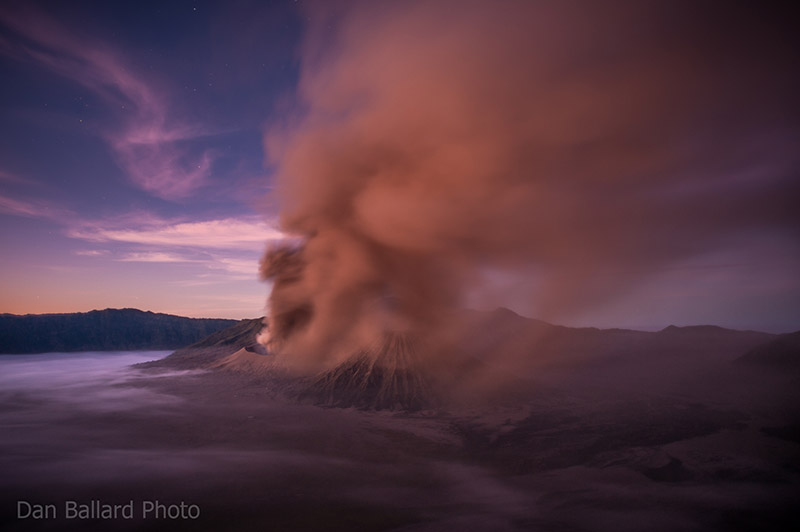
What is your typical process for planning and scouting?
I generally start off by trying to pick a country or location that seems like it might have some amazing or unique terrain features. These days, I try to find places that also haven’t been visited by a lot of photographers — as mentioned it has become increasingly difficult to find both. (Great photographers are everywhere!) I mainly use a combination of Google Earth, topography maps and on occasion bad tourist photos to get an idea of a new area. Once I am there I typically start by finding a great background then move on to finding a solid foreground to go with it.
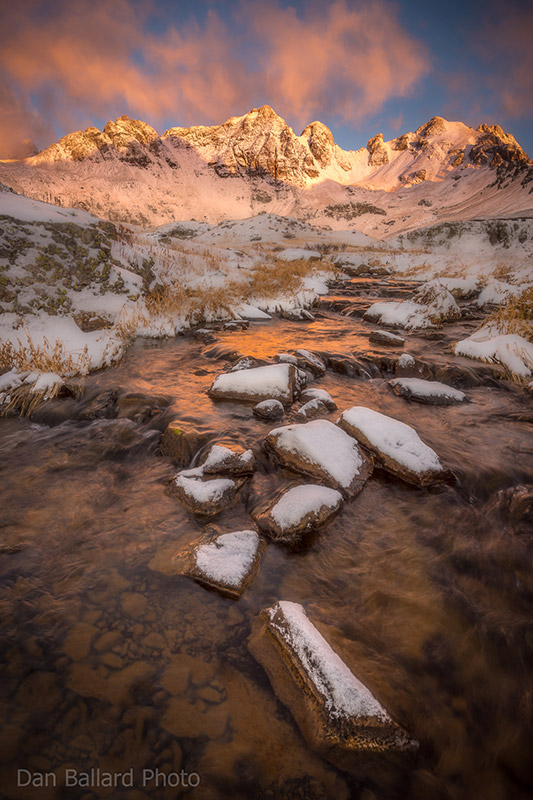
What software do you use for post processing?
I work primarily in Adobe Lightroom but I also use Photoshop more and more these days.
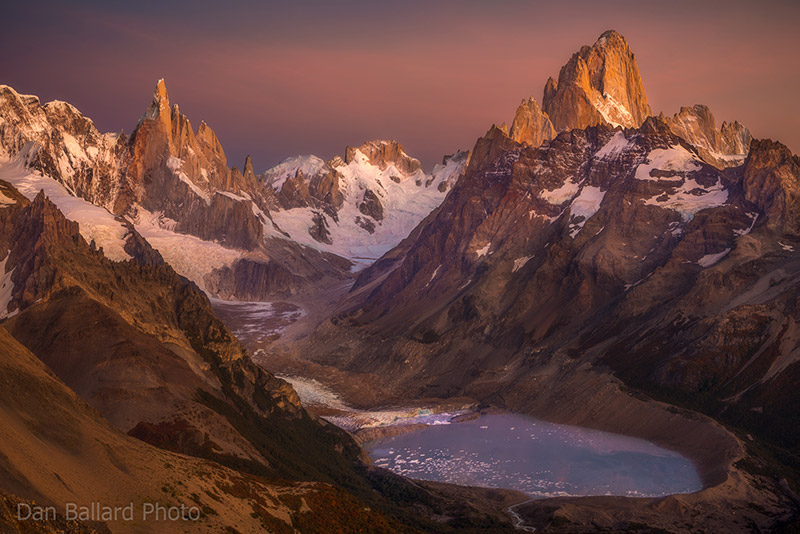
What are some common mistakes that you see new photographers making?
I’ve seen quite a few photographers get distracted by shooting weddings or doing commercial work to bring in money while they are trying to go pro with landscape photography (or vise versa). I think it’s important to stay on track in your field (whichever that may be) and stick with doing what you love.
While the business aspects of photography are really important – if you focus on creating an amazing body of work first, you will find the business aspects much easier and doors opening with less effort. I think it is really important to build a very strong body of work and have a lot of experience as a photographer before you go pro.
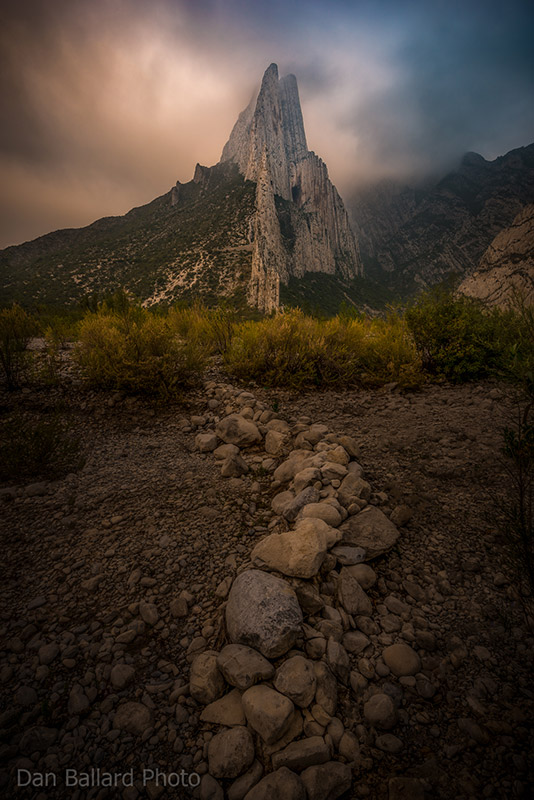
Tell us about few bucket list locations that you’d like to visit.
Pakistan and “The Stans” in general are probably the highest on my list right now. I’m also dying to make it to Greenland and Antarctica. I feel all of these countries have the things I look for these days when choosing a location — amazing terrain, few photographers and plenty to explore.
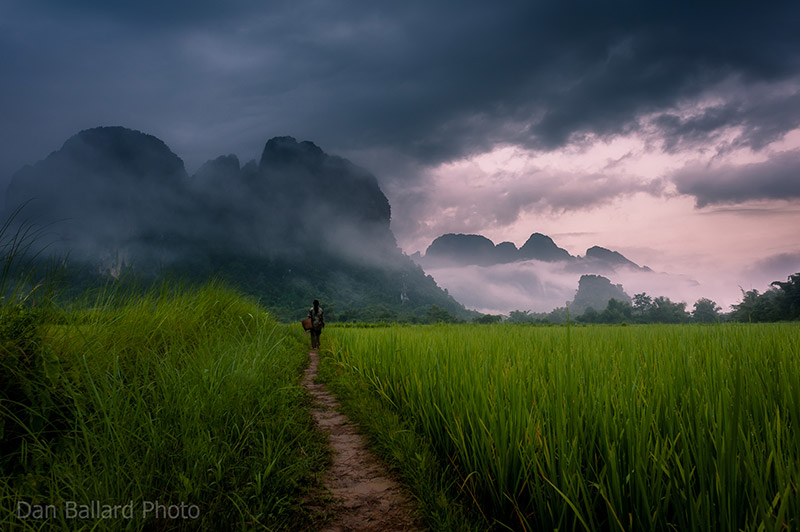
Aside from photography, what hobbies do you have, or what do you like to do for fun?
One of my main loves in still traveling. Every year I plan a few trips where photography isn’t the main focus and I can enjoy the experience as a tourist. In between trips and shooting, I am always doing something outdoors like mountain biking, skiing and rock climbing. Playing music is also a big hobby, along with reading. I definitely think it’s important to keep your spark going by doing the things you love outside of photography.
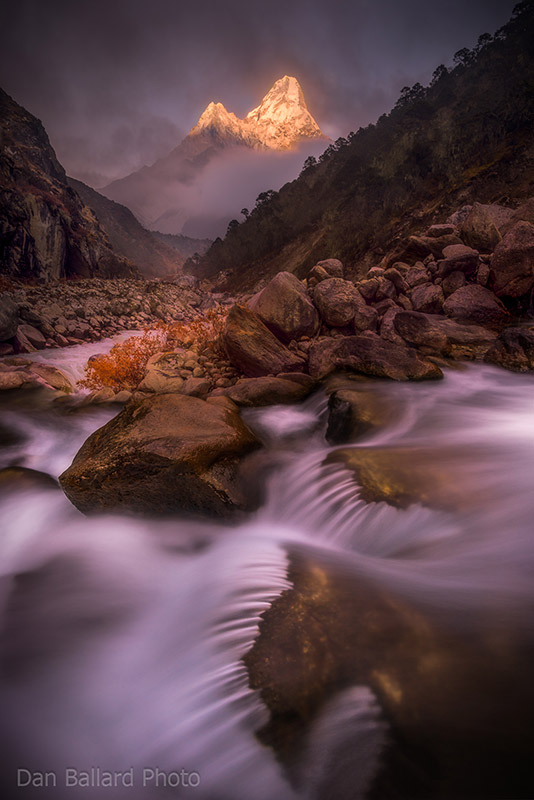
Connect with Dan
If you’d like to see more of Dan’s work or get in touch with him, please use the links below:
All photos used in this post are © Dan Ballard, used with permission.